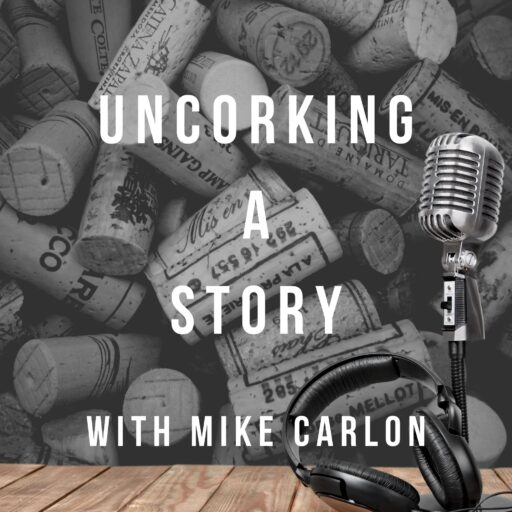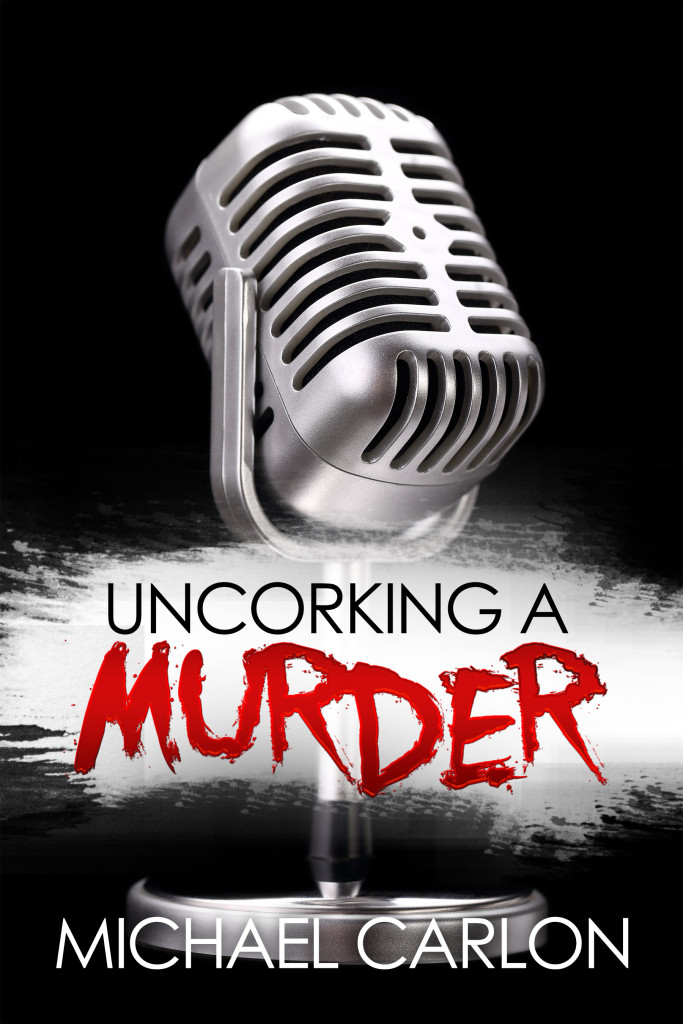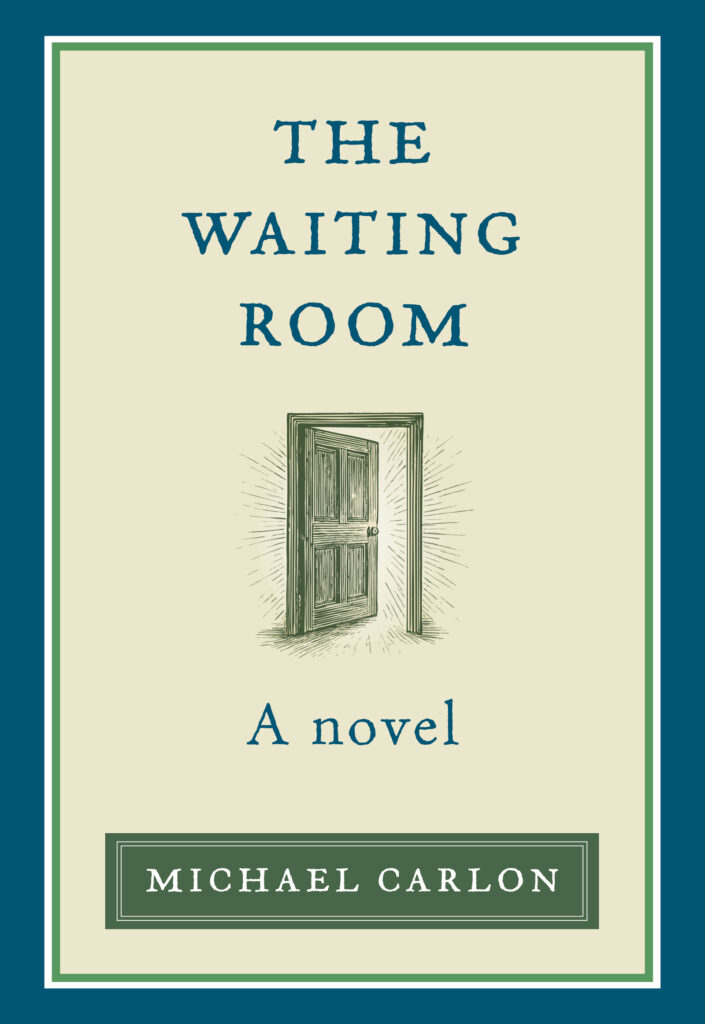A client who wanted to understand point of entry into a certain product category recently hired me to help uncover the motivations that led to product trial. To accomplish this I asked groups of consumers who use the category to prepare a collage of pictures that represent the primary reasons they first started using this product. The use of pictures to represent feelings is a great way to understand the more emotional vs. rational drivers of behavior. While these consumers had a variety of reasons for presently using this particular product category, the pictures chosen to represent their early experiences all had the same driver lurking behind them; parental influence.
Out of the 20 or so consumers interviewed, each chose to include pictures of family. As I explored this theme more, I uncovered the following; each consumer stated that the product under question was something that was always in their homes and, as children, they saw their parents using it every day. In addition, product was considered taboo for children to use, although there was no legal age restriction on who could use the product.
Therefore:
Regular use by parents and other adults
+
the taboo nature of the products for children
=
a strong desire to see what the fuss is all about.
It was clear; entry into this category was driven by the desire to become more like an adult and less like a child. As the day of interviews progressed, the fact that our behavior as parents has such an impact on the choices our children make hit me right between the eyes.
Between work, going back and forth to our children’s activities, and helping our kids with the basics, we sometimes forget that our kids are walking hard drives eagerly looking to fill their available gigabytes with information about their world. What do they see us, their role models, doing in our spare time? Do we get upset when our kids spend half a morning on the couch watching TV instead of playing outside? To explain their behavior, let’s look at our own. What do they see us doing in our spare time?
The product category I was helping my client investigate is rather innocuous, but what if it was something more damaging to children, like alcohol? I would venture to guess that we would hear the same themes uncovered. As we think about all that we want for our children we have to remember that they will learn just as much, if not more, from our actions and behaviors as they will from our words.



Does this mean no more margarita’s on Friday nights?
Seriously though, your observation is true. I watch the way my children behave under stress and it looks very familiar. I’ll take yelling over hitting, but even yelling can be overboard.
I wonder what happens when different habits/behaviors are displayed by different parents. Will both be inherited as a form of emulation? or does the diversity demonstrate it it isn’t a given “adult” behavior? For example, I’m a coffee and my wife is not…
Keep the posts coming!
Coffee drinker, that is….
Don’t be silly, we don’t have to cease our margaritas or casual wine drinking – but I just don’t want our kids to see us always turning to alcohol during times of stress/unhappiness. As an aside, wine is a good thing – Jesus’ first miracle was turning water into wine at a wedding in Canna – surely that means something!